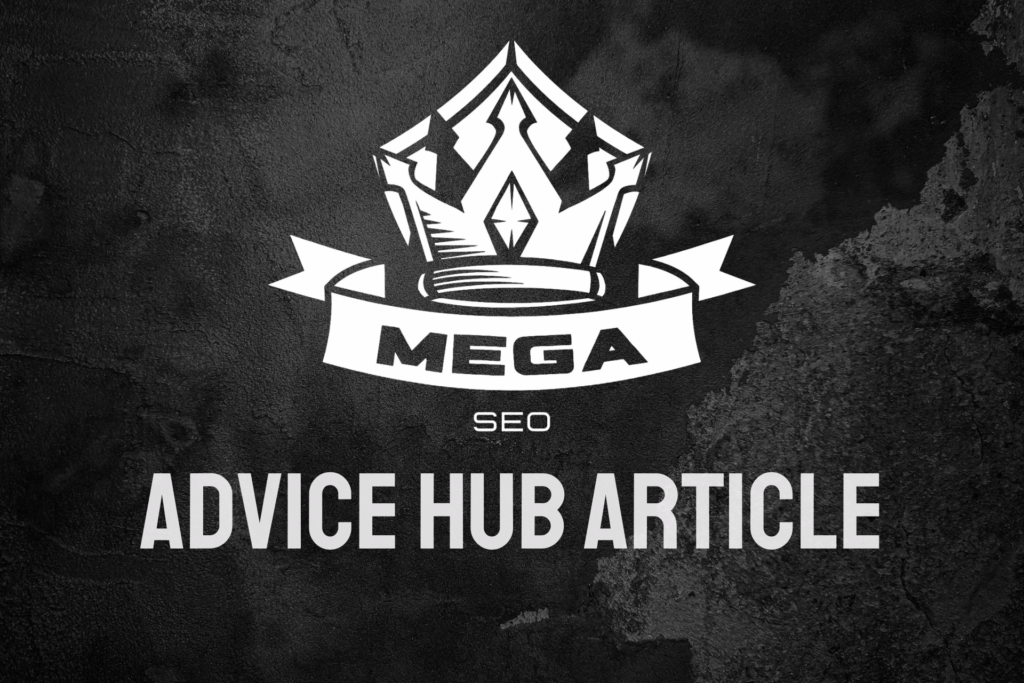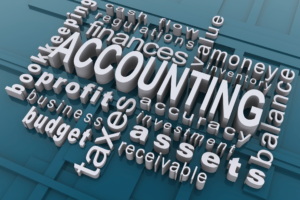Footer links play a vital role in website navigation, user experience, and search engine optimisation. Properly optimised footer links help distribute link equity throughout your site, improve crawlability, and provide valuable pathways for both users and search engines to discover important pages. This comprehensive guide explores proven strategies to optimise your footer links for maximum SEO benefit.
What Makes Footer Links Important for SEO?
Footer links serve multiple purposes beyond simple navigation. They help establish site architecture, distribute PageRank, and provide quick access to essential pages. When properly optimised, footer links can significantly enhance your website’s overall SEO performance while improving user experience.
What Should You Include in Your Footer Navigation?
Your footer navigation should contain links to key pages that users might need quick access to, regardless of their current location on your site. Here’s what to consider including:
- Main Service Pages: Include links to your primary service or product categories, helping users find core offerings quickly while strengthening internal linking for these important pages.
- Contact Information: Make it easy for visitors to reach you by including contact details and links to your contact page, supporting your local SEO efforts.
- Legal Pages: Privacy policy, terms of service, and cookie policies should be readily accessible through footer links, building trust and meeting regulatory requirements.
- About Section: Company information, team pages, and career opportunities help establish credibility and provide valuable context for both users and search engines.
- Resource Section: Blog posts, guides, and other informational content can benefit from footer exposure, improving content discovery and user engagement.
How Can You Structure Footer Links for Maximum Impact?
The organisation of your footer links significantly affects both usability and SEO value. Consider these structural elements:
Logical Grouping
Organise links into clear categories to help users find information quickly. Group similar pages together under descriptive headings, such as:
- Products & Services: Your main offering categories and subcategories, ensuring proper on-page SEO implementation for each linked page.
- Company Information: About us, team, careers, and company news sections that help build trust and authority.
- Support & Help: FAQs, customer service, and knowledge base links that improve user experience.
- Legal & Compliance: Essential documentation and policies that demonstrate legitimacy and regulatory compliance.
HTML Structure
Proper HTML markup helps search engines understand your footer’s organisation:
- Semantic HTML: Use appropriate HTML5 elements like <footer> and <nav> to clearly define your footer section and navigation areas.
- Heading Hierarchy: Implement proper heading tags for category titles, maintaining a logical structure throughout your footer.
- List Elements: Organise links within <ul> or <ol> elements for clean, accessible markup that search engines can easily parse.
What Are Common Footer Link Optimisation Mistakes?
Avoid these common pitfalls when optimising your footer links:
- Overcrowding: Including too many links can dilute link equity and overwhelm users. Focus on essential pages that provide genuine value.
- Poor Anchor Text: Generic anchor text like “click here” or “read more” wastes opportunities to signal relevance to search engines. Use descriptive, keyword-rich anchor text where appropriate.
- Inconsistent Implementation: Ensure your footer appears consistently across all pages, supporting proper technical SEO practices.
- Broken Links: Regularly audit footer links to identify and fix any broken links that could harm user experience and SEO performance.
How Can You Measure Footer Link Performance?
Track the effectiveness of your footer links through various metrics:
- Click-Through Rates: Monitor which footer links receive the most clicks using Google Analytics or heat mapping tools.
- Page Value: Assess how footer links contribute to conversion paths and goal completions.
- Crawl Statistics: Use tools like Google Search Console to ensure search engines can effectively crawl your footer links.
- User Behaviour: Analyse how visitors interact with your footer through session recordings and behaviour flow reports.
How Do Footer Links Impact Off-Page SEO?
Footer links play a role in your overall off-page SEO strategy by:
- Internal PageRank Distribution: Helping distribute link equity throughout your site, strengthening your overall domain authority.
- Site Structure Signals: Providing search engines with clear signals about your website’s hierarchy and important pages.
- User Experience Metrics: Contributing to engagement metrics that influence search rankings.
Transform Your Footer Links with Professional SEO Support
Optimising footer links requires careful planning and ongoing maintenance to achieve maximum SEO benefit. Our experienced team of SEO specialists based in Wigan can help you develop and implement an effective footer optimisation strategy that enhances both user experience and search engine performance.
Whether you’re looking to improve your site’s architecture, boost internal linking, or enhance overall SEO performance, we’re here to help. Contact us today to discover how our expertise can transform your website’s footer into a powerful asset for your SEO strategy.




